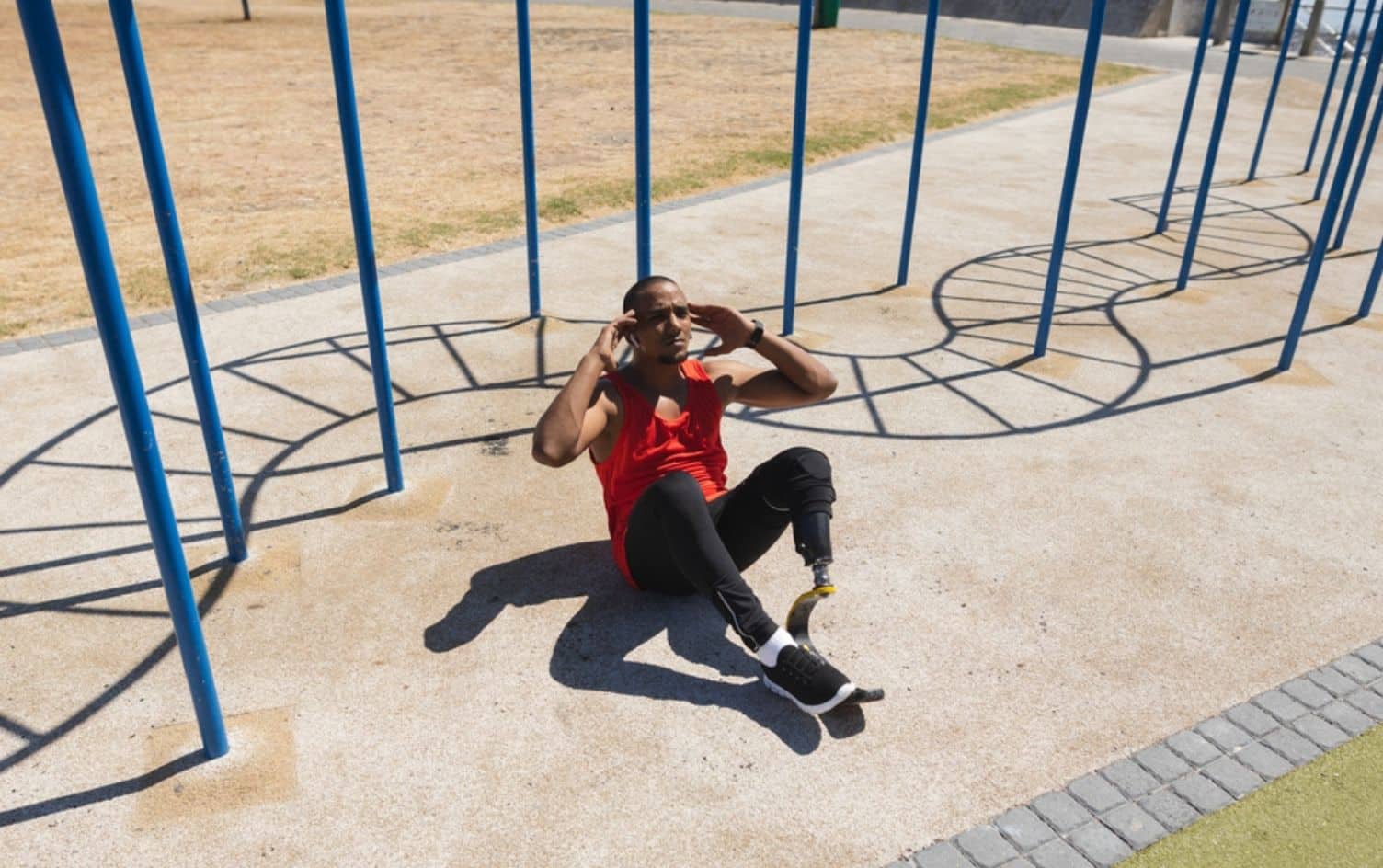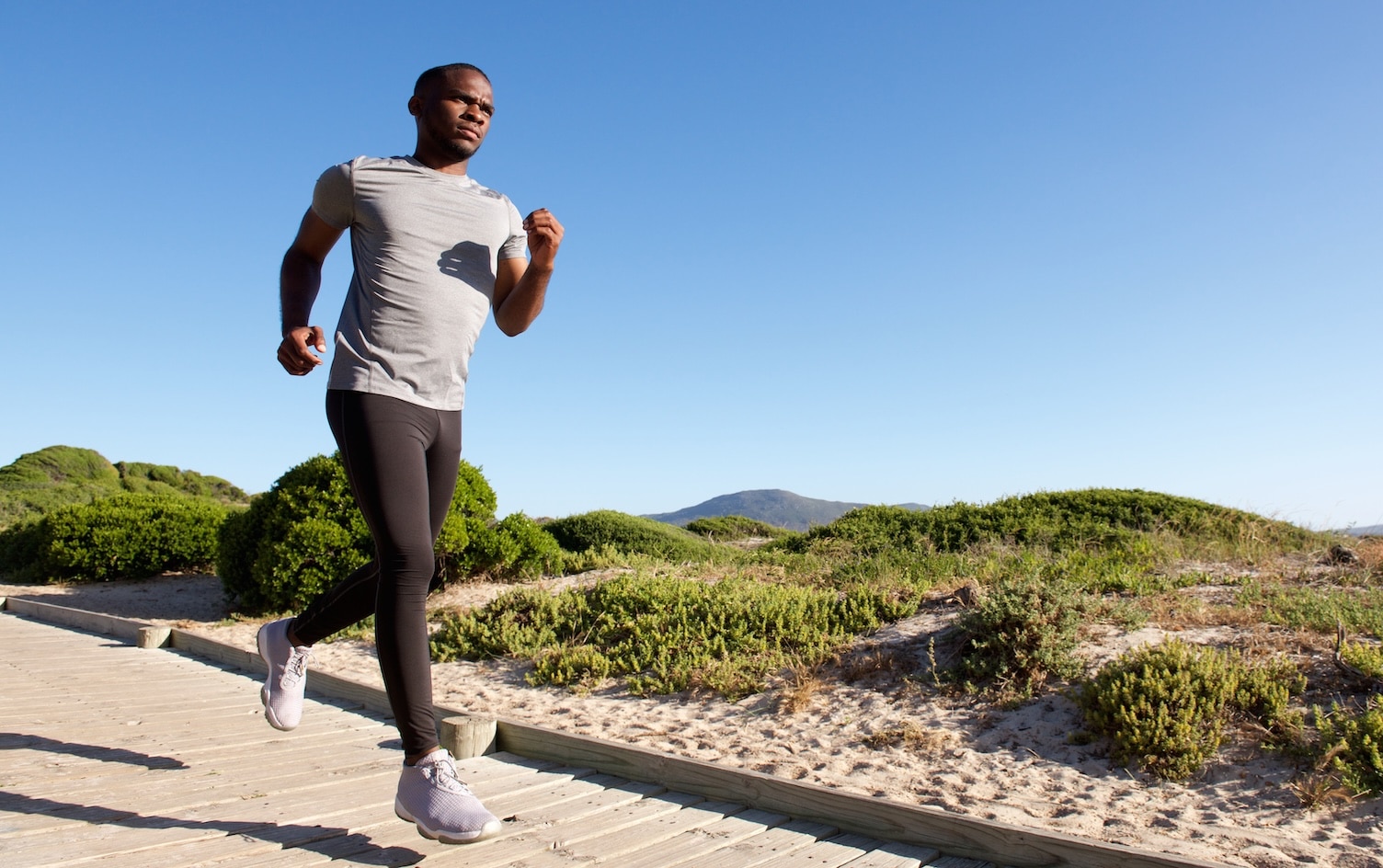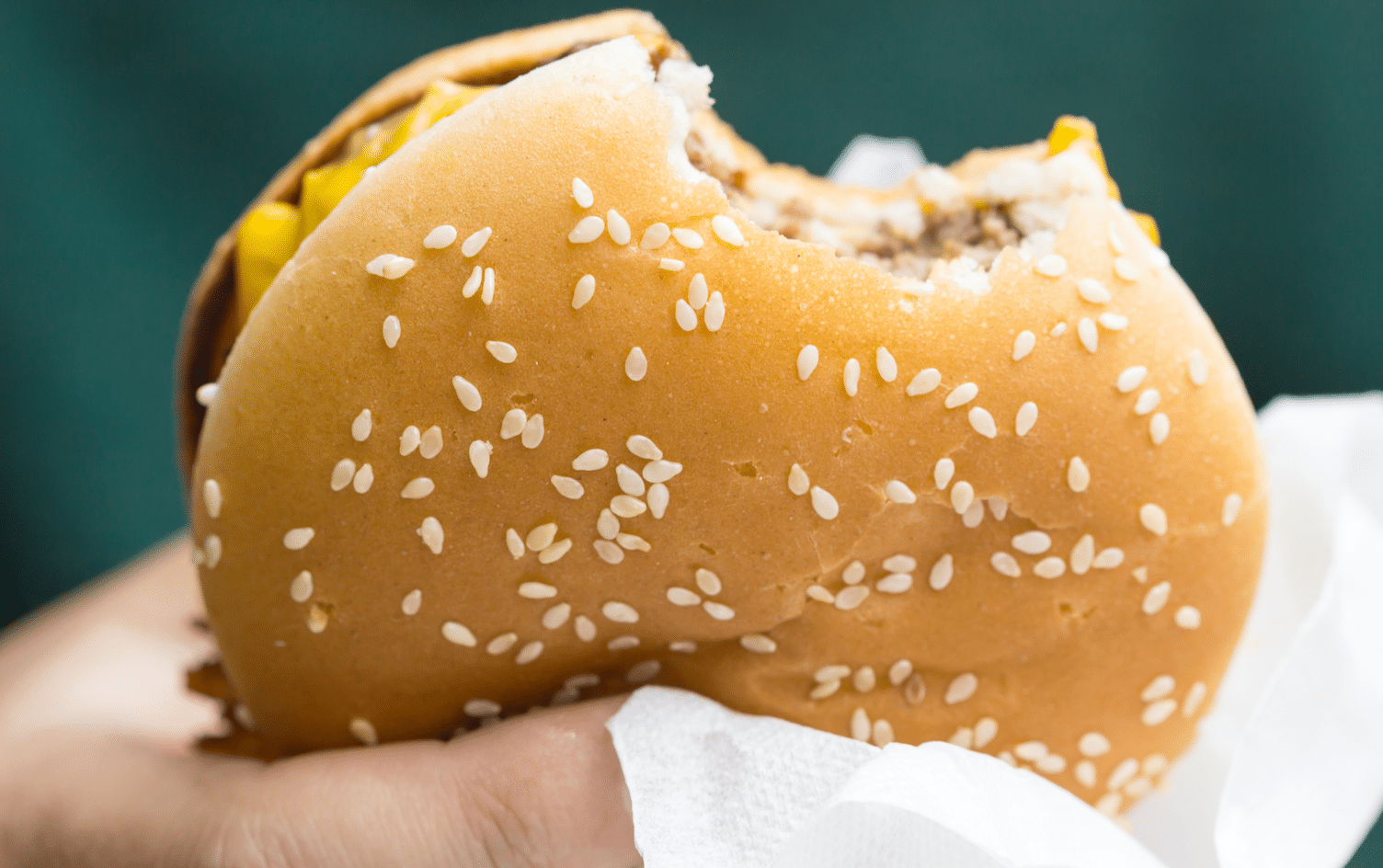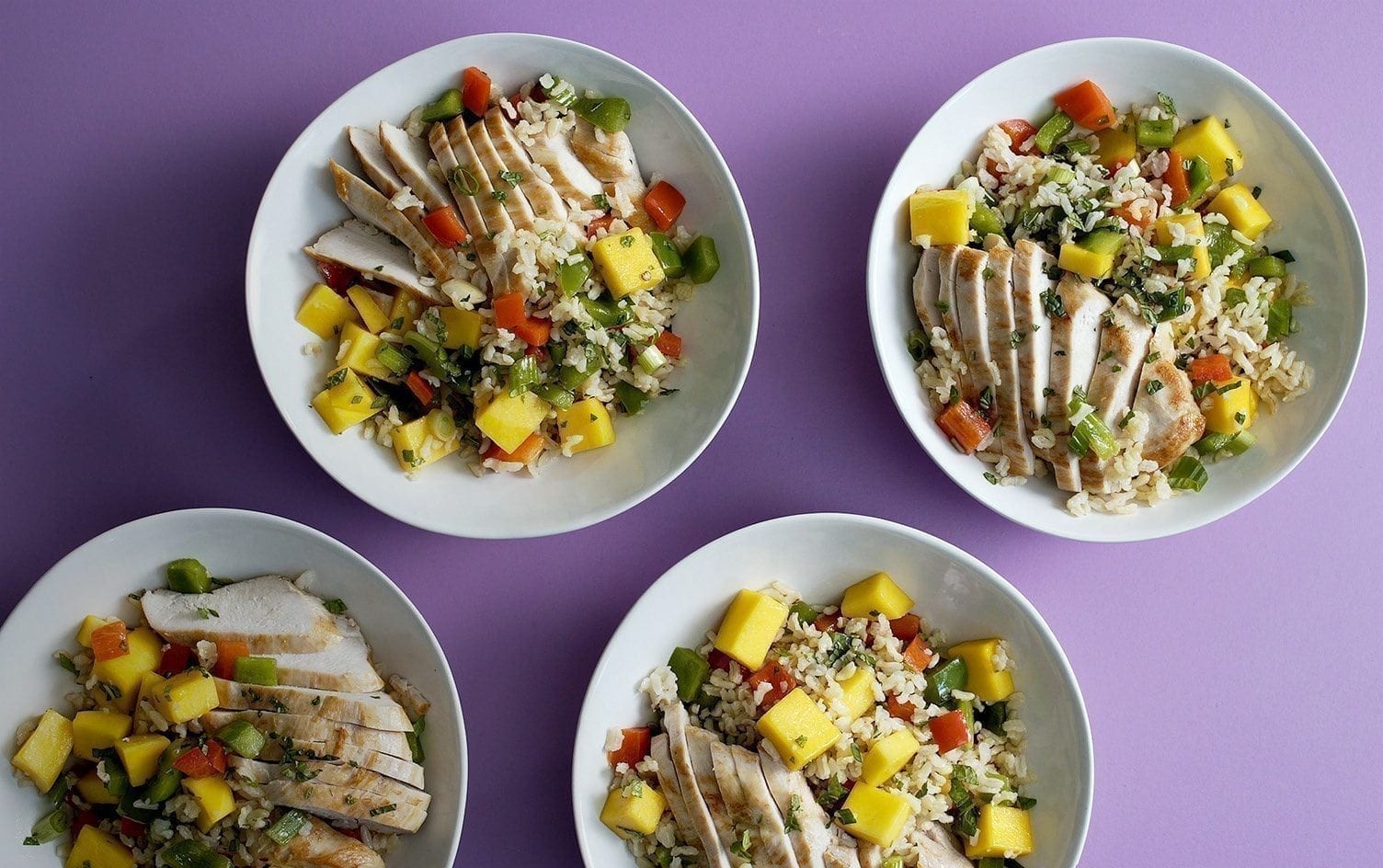From wanting a solid foundation for weightlifting to preventing injury and pain in everyday life, there are many good reasons to want a stronger core. But because so many people are interested in the idea of having a flatter stomach, there’s a good deal of misinformation and false promises about how to go about getting a strong, lean midsection.
Here, expert trainers debunk the biggest core-training myths they hear day-in and day-out.

“People are always asking me for exercises that burn belly fat and they often seem a bit confused when I suggest moves like lunges, clean and press or burpees,” explains Julia Buckley, a certified personal trainer. Instead, they’re imagining something more along the lines of bicycle crunches.
The truth: You can’t spot-reduce belly fat. Even if it feels like you’re burning belly fat when you do certain core exercises, that’s not what’s really happening. “When you do exercises like crunches and you get that burning sensation around your belly, it’s caused by lactic acid building up in the muscles — a chemical reaction that happens in the body when we train hard,” Buckley explains. “When the body uses fat to fuel exercise, it takes it from fat cells across the body, not only (or even predominantly) from the area you’re working.”
So what does that mean for the person who wants to lose belly fat (or fat from any other part of their body)? “Rather than doing lots of little crunches, it’s better to choose exercises that fire up lots of muscles across the whole body,” Buckley says. “Those are the moves that require the most energy to fuel, and therefore burn the most fat.”

Crunches are the first thing that comes to mind for many people when they think about core training. There’s just one problem with that: “Crunches are possibly the easiest ab exercise you can do, just like walking at a moderate pace is the easiest form of cardio you can do,” says Garrett Theriot, a certified strength and conditioning specialist and personal trainer. “Walking is good. But if your goal is to improve cardio, you would pick up the pace with a brisk jog or bike ride, right? Your abdominal muscles work the same way.”
The truth: Crunches are actually one of the least effective core exercises. If you want to keep doing crunches, consider modifying how you do them. “If you are trying to make some real progress, you will need to step up your intensity by making the crunch much harder (adding weights, performing them on a stability ball, etc.) and adding other ab exercises that demand much more intense recruitment of all abdominal muscle fibers,” Theriot says.
Those exercises should focus on a few key movement patterns, for example, reverse crunches, Pallof presses, farmers walks and ab-wheel rollouts.

Think that 5-minute plank challenge is going to be a game-changer for your midsection? Think again, says Carrie Harper, a certified trainer and author.
The truth: When it comes to planks, it’s about quality (not quantity). “Spending a lot of time in a plank may be counterintuitive to your efforts,” Harper notes. “Achieving a strong plank is a full-body exercise, and holding it correctly is extremely difficult.” Theriot agrees, noting the plank is one of the most incorrectly performed exercises he sees.
To perform a plank correctly, engage your whole body by squeezing your glutes and pushing through your shoulder blades. Harper recommends holding a solid plank for 10 seconds, then resting for 20 seconds and repeating for 3–5 sets.
Even with great form, you’ll still want to look beyond planks for your core exercise needs. “Your muscles crave variety,” Thierot explains. “Our bodies are so good at adapting to anything repetitive that eventually a plank just becomes too easy and, similar to crunches, the only way to continually improve your abdominal muscles will be to increase the resistance (like adding a plate to your back) or incorporate more exercises.”

Interest in lower-ab exercises is most likely spurred by the fact many people carry fat in their lower abdominal area. But can you actually train just the lower portion of your abs?
The truth: Your lower and upper abs are the same muscle. The muscle that covers our upper and lower ab areas, the rectus abdominis, is actually one singular muscle. “The idea of calling the sections of your stomach upper and lower is more of a directional description of the area than actual anatomic fact,” Thierot points out.
“You can do lower-ab focused exercises all you want, but it will never catch up aesthetically to your upper portion because every true ab exercise works the entire muscle, not just a targeted section,” he explains. The only way to make the upper and lower sections equally defined? Drop body fat. “Now, I am not saying to give up on the leg raises and crunchy frogs. But, doing a variety of exercises will always help stimulate growth of your entire muscle. Just don’t expect it to spot-reduce that particular area.”

For some, the goal of getting defined abs is what drives interest in core training. But can everyone get a six-pack?
The truth: We all have unique anatomy. Think of it this way: “Have you ever noticed that no matter how much you can leg press, your legs don’t look like Dwayne ‘The Rock’ Johnson’s? Our bodies are all different,” Harper says. “We have different genes, different muscle tissue, and different fascia.” In other words, your version of defined abs won’t look the same as a celebrity’s or your gym buddy’s.
“Your rectus abdominis is a sheet of muscle woven in with what we call tendinous intersections, and the size of those intersections determine how much your abdominal muscles look like a six-pack,” Thierot explains. “For example, if your tendinous intersections are thick, there will be more separation and definition in your abs. Whereas if you have relatively thin tendons, it will look more like a sheet, no matter how hard you work that washboard, creating what people call a ‘two-pack.’”
But if you were born with less separation, don’t worry, Thierot says. “Putting in a little extra work on your inner and outer obliques can do wonders for highlighting that flat stomach you’ve been working toward.”




